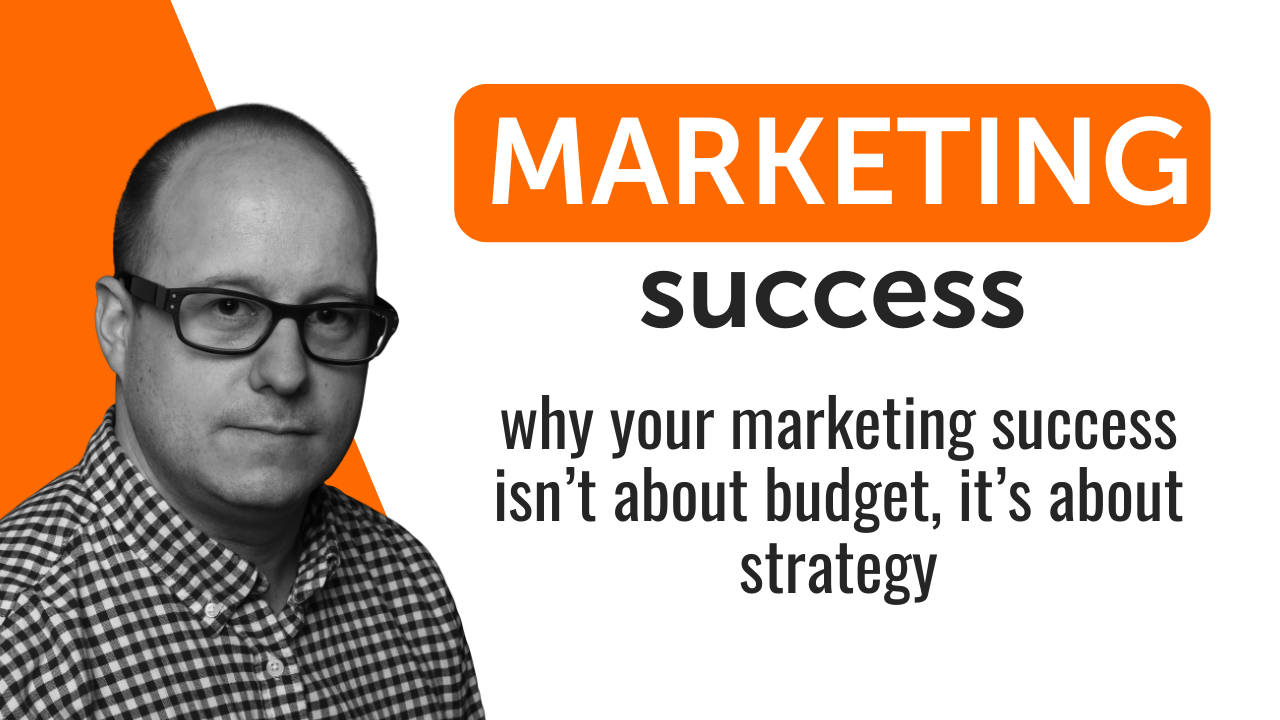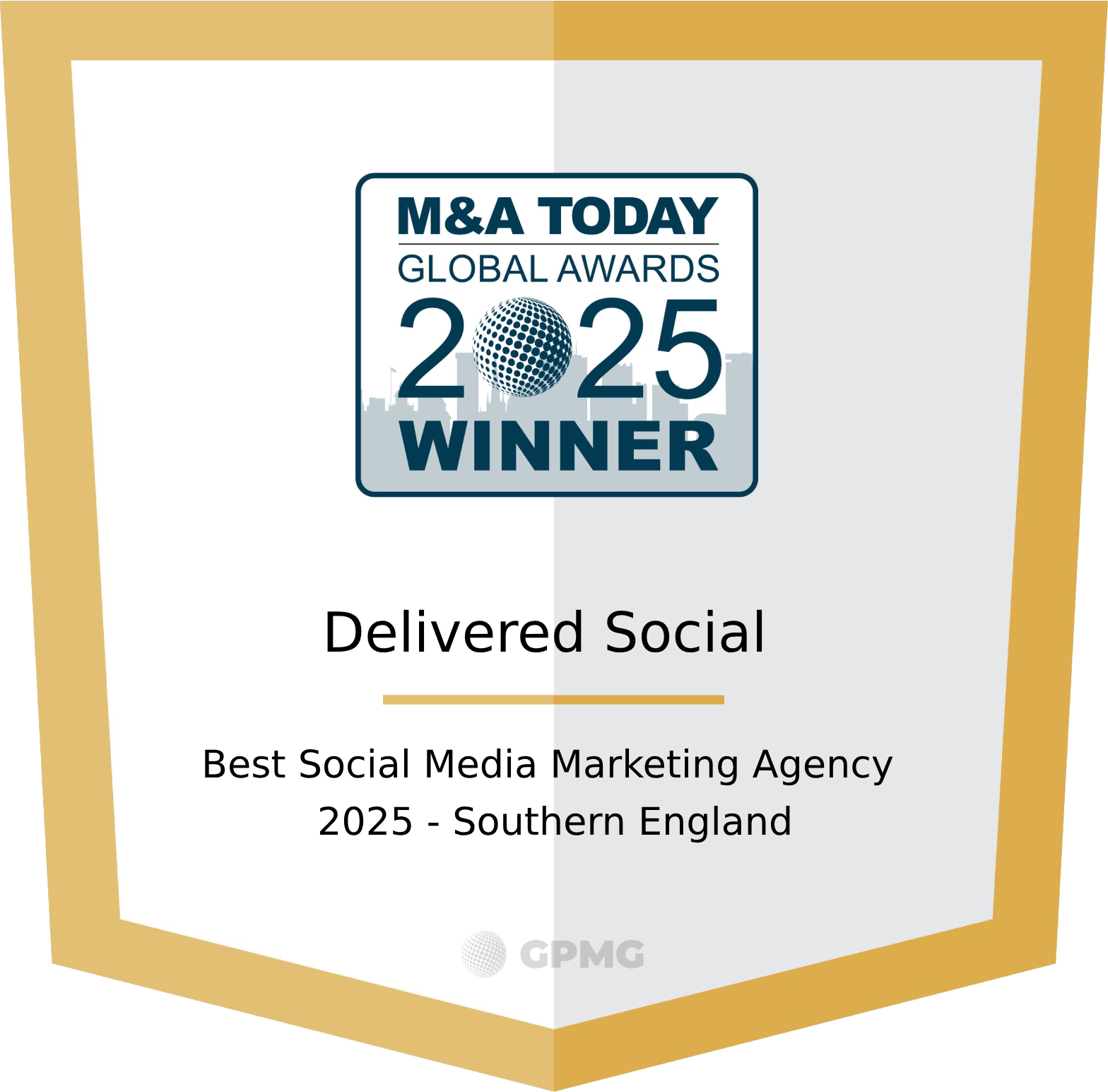
Many businesses continue to believe that higher marketing budgets are the cornerstone of achieving dominance in their industries. This mindset often stems from the idea that visibility alone drives growth. While it’s true that money can buy reach, reach without relevance rarely converts into meaningful results. Marketing success requires more than financial muscle; it demands clarity, purpose, and alignment with business objectives.
The real challenge arises when businesses mistake volume for impact. Large-scale campaigns with vague targeting often generate inflated metrics that fail to contribute to actual growth. Marketing spending becomes a vanity metric, drawing attention away from poor messaging, irrelevant platforms, or disconnected strategies. Companies then find themselves caught in a cycle of increasing budgets to fix problems that aren’t rooted in spending.
In reality, the most effective campaigns are those that begin with strategy, not spreadsheets. These are the campaigns grounded in an understanding of customer behavior, tailored messaging, and channel discipline. When budgets are applied through a strategic lens, even modest investments can yield exceptional returns. Financial resources amplify what is already working; they cannot create substance on their own.
The Role of Strategic Thinking in Marketing Outcomes
Strategic thinking is the engine that drives meaningful marketing outcomes. It challenges companies to define what success looks like before launching a single campaign. When strategy leads, it informs every aspect of marketing, from brand messaging and audience segmentation to media buying and timing. Without a clear foundation, marketing efforts often become scattered and ineffective. But strategy alone isn’t enough. It takes experienced leadership to turn vision into consistent action and to help teams align their daily work with long-term goals.
This is where the value of a seasoned marketing leader becomes clear. A Chief Marketing Officer brings the discipline, accountability, and perspective needed to connect strategy with execution. However, for many growing companies, hiring a full-time CMO is often out of reach, whether due to budget constraints or the need for more flexible support. A Fractional CMO fills this gap by providing high-level leadership on a part-time or interim basis without the cost of a permanent executive.
Perhaps most importantly, a Fractional CMO brings clarity and cohesion to teams that may be spread across agencies, freelancers, or in-house marketers. You can quickly assess what’s working, what’s not, and how to optimize resources. In other words, a Fractional CMO provides the strategic horsepower and leadership maturity of a seasoned CMO at a fraction of the cost and commitment. For many companies in growth mode, this is the most practical way to elevate marketing performance and lay a foundation for sustainable success.
Budget Without Focus: The Trap Many Companies Fall Into
Many organizations fall into the trap of believing that bigger budgets solve deeper issues. When marketing underperforms, the default response is often to spend more. This reaction rarely addresses the real problems, which are often rooted in weak positioning, lack of differentiation, or misaligned messaging. High budgets only magnify these flaws, making underperformance even more costly.
It’s easy to be seduced by the allure of expansive campaigns, influencer partnerships, or cutting-edge technology. But without strategic intent, these investments often lack substance. They generate noise without narrative. They may achieve reach, but not resonance. Ultimately, they pull companies further away from their core value proposition, confusing audiences instead of compelling them.
Companies that lead with strategy take a more disciplined approach. They ask the tough questions first: Who is the customer? What are their pain points? How does the brand solve them? With those answers in hand, they design lean, focused campaigns that communicate clearly and build trust. These organizations understand that spending must follow strategy not the other way around.
Data-Driven Strategy: Turning Information Into Direction
The modern marketing landscape is saturated with data, yet few organizations turn that data into meaningful direction. Metrics are abundant, but insights are rare. Too often, businesses are swayed by surface-level statistics impressions, clicks, shares without asking whether those numbers contribute to long-term objectives. Strategic use of data separates the noise from the signals.
When data is guided by strategy, it serves as an ongoing feedback loop. It helps identify which segments respond best, what messages resonate, and when and where engagement is highest. This knowledge enables marketers to optimize in real time, reducing waste and increasing effectiveness. Rather than reacting to trends, strategic marketers proactively adjust based on clear insights.
More importantly, a data-driven strategy transforms marketing from a one-size-fits-all function into a personalized experience. It allows businesses to move away from generic messaging and toward tailored content that feels relevant and timely. This shift not only improves performance but also enhances brand perception, deepening customer relationships over time.
Agility and Adaptation: The Strategic Edge
In an environment where market conditions shift rapidly, agility becomes a strategic imperative. Companies that rely solely on static, budget-heavy campaigns often find themselves outpaced by more nimble competitors. When unforeseen changes arise be it economic shifts, evolving consumer behavior, or new technologies rigid plans falter. Agility ensures continued relevance.
Strategically agile organizations operate with frameworks that allow them to pivot without losing direction. They test new messages, explore emerging channels, and reallocate spend based on performance indicators. This flexibility doesn’t mean abandoning the plan, but refining it. It gives teams the confidence to act quickly without compromising the integrity of the brand.
Adaptability also promotes a culture of innovation. Teams that embrace change are more willing to experiment and learn, leading to breakthroughs that static approaches can’t deliver. The ability to respond intelligently to change has become a competitive differentiator. Strategy gives agility its context, making sure that rapid decisions still align with long-term business goals.
Resource Allocation and Prioritization
Strategy is what transforms budget from a constraint into an advantage. Rather than asking how much can be spent, strategic leaders ask where funds should be spent to make the greatest impact. This kind of prioritization enables businesses to do more with less. It ensures that every dollar serves a purpose, supporting key growth objectives rather than vanity goals.
Effective resource allocation requires a clear understanding of what drives value. Is it customer acquisition? Retention? Awareness? With these goals clearly defined, marketers can allocate funds to the channels and tactics most likely to achieve them. This decision-making process is guided by strategic insight, not industry trends or internal pressure.
Organizations that adopt this mindset often find unexpected efficiencies. By eliminating underperforming efforts and doubling down on what works, they increase ROI while keeping budgets stable or even reducing them. This disciplined approach doesn’t stifle creativity; it empowers it, focusing talent and energy on initiatives that matter most.
Long-Term Vision Over Short-Term Wins
Short-term tactics can offer fast gratification, but they rarely lead to sustained success. Flash sales, viral campaigns, and one-off stunts may spike interest, but they seldom build loyalty or trust. Strategic marketing prioritizes long-term brand building, even if the results take time to manifest. It’s about depth of relat ionship, not just volume of activity.
Brands that focus on long-term value invest in consistent messaging, meaningful content, and authentic customer interactions. They understand that the goal is not just to sell but to create an emotional connection. Over time, these connections lead to higher customer lifetime value, stronger word-of-mouth, and a reputation that can weather market turbulence.
This approach requires patience, but it pays dividends. When marketing is seen as a long-term investment rather than a short-term expense, decisions become more thoughtful and grounded. The focus shifts from chasing the latest tactic to cultivating a brand identity that stands the test of time. And in doing so, companies position themselves not just to compete but to lead.
Interested In Working Together?
Introducing Delivered Social. We’re The Most-Rated Digital Agency In Surrey & Hampshire – We’ve Got To Be Doing Something Right.
Delivered Social is a digital marketing agency with one mission—to help businesses grow. We’re famous in Guildford and Portsmouth for our social clinics. We believe in free advice. We build lasting relationships because our team prides itself on being helpful, which our clients appreciate.
If you are looking for a new website or an agency to manage your social media presence, we can help.
If you need something slightly different, here's a super handy list of all our services, or you can always email us.























